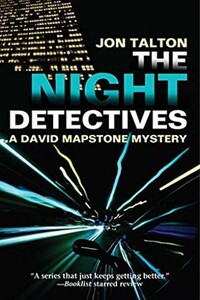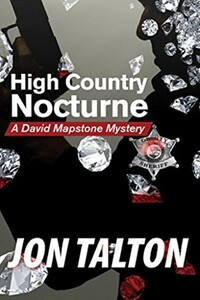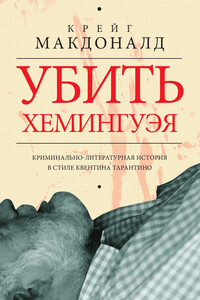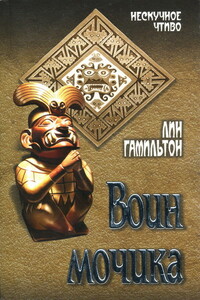Downtown’s decline began in the late fifties, when Park Central mall opened a couple of miles north and the Rosenzweig brothers got the city’s permission to develop skyscrapers on nearby land they owned, the first of the “uptown” towers that march north on Central Avenue for five miles from the old city center. But in the years I was gone, the eighties and most of the nineties, the decline had turned worse as the city and landowners had cleared block after block of old buildings, including some lovely territorial-era apartments near the Capitol, hundreds of historic bungalows just south of my neighborhood, and much of the old warehouse district around the train station. Now downtown Phoenix was an odd assortment of new buildings-each year’s fresh attempt at revival-sitting alone amid emptiness. It made me ache for all that was lost.
Gretchen seemed to read my thoughts. “Not much here,” she said.
“Not now. Want to go in?”
“Is that all right for a civilian?” An officious sign proclaimed the building a crime scene and offered various punishments for trespassing.
“If the techs are about done, it should be fine. I would leave your hat. Clearance is pretty low in there.”
I pushed open a door and flashed my star at an evidence technician, a platinum-haired butterball in a dark blue jumpsuit who called me “honey” three times in three sentences. Her partner was a large black woman. I don’t know how the two got into the smallest of those passages. They were clearing out. I could lock up. I signed a form with name and badge number.
“I’ll tell you this, honey,” she said. “You got enough bones for two skeletons. I have been doing this for twenty-five years and I know it before the medical examiner even gets into it. And they looked like children’s bones.”
I asked her for copies of the crime-scene photos, including a snap of the pocket watch with the Yarnell brand. She promised to send them over in the morning.
Gretchen and I stepped into the big room as I narrated the events of Monday night. A couple of bare bulbs in the ceiling gave a murky view of the cartons, pallets, and nameless junk that lay scattered around. Crime-scene tape was draped across the opening to the freight elevator shaft, and two feet of a ladder extended above the floor.
“No way would I have come in here,” Gretchen said.
“I have aggressive friends.”
We started down the ladder. “And they are? Your friends.”
“Mike Peralta, he’s chief deputy now but once upon a time we were partners. It’s a long story. And Lindsey Adams. She’s a deputy, really a computer specialist. We met a few months ago on another case.”
“You like her.”
I was at the bottom and helped Gretchen step off onto the broken concrete. The dusty smell of the first floor changed to something more moist and earthy. “How can you tell that?”
“The way you say her name.” She smiled and the dimples came back.
“Watch your head.” We went down the narrow steps into the passage. My cop’s black, three-cell flashlight provided the only illumination, and the corridor felt even more claustrophobic than Monday night.
“Look at this.” I ran my hand against the rough wall. “How old the brickwork seems. Doesn’t even seem part of the warehouse building.”
“It’s probably not,” Gretchen said. The dark corridor didn’t echo. It swallowed up sound, making words stand out starkly for a moment before they disappeared.
She went on, “When they cleared the buildings for Patriots Square back in the 1970s, they found this little underground city of tunnels and chambers.”
“I remember,” I said. “There were old saloons and brothels and opium dens.”
“They dated from the 1880s, when there was no air conditioning and it was cooler underground. And as the town grew, the new buildings were just built on top of the old basements, then they were gradually sealed off and forgotten.”
I let out a breath, just to remind myself I could. The passage was amazingly close. People were smaller a hundred years ago.
We followed it down one direction, maybe fifteen feet, where it made a hard turn into a larger room, another step down. Here, the brick was mingled with what looked like adobe and the floor was dirt. Ancient wooden citrus crates were stacked precariously in one corner; I could make out the words “Arizona Pride” on one label and an illustration of a Gibson Girl-like redhead holding out a bounteous tray of oranges and grapefruits. Spider webs were everywhere, so we didn’t venture far. There didn’t appear to be any other way out.






